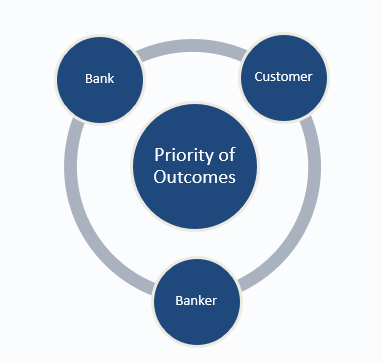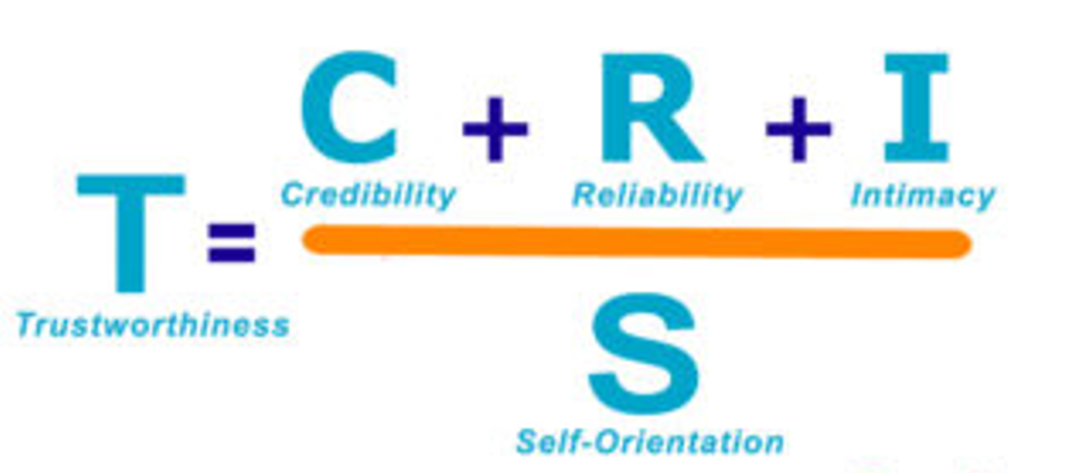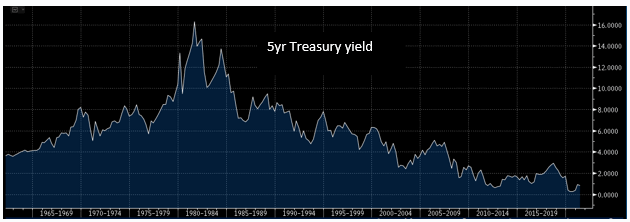One of the More Successful Commercial Bankers We Know Does These 3 Things
We recently interviewed a top commercial loan producer at a regional bank who explained how he uses three common principles to beat out his competition. We want to share his principles, philosophies, and techniques in hopes that it might serve as an aid for some of your new relationship managers and a reminder for some of your more experienced bankers.
Who Do You Work For?
First, the lender explained that early in his career, he did not understand who he worked for. He vacillated between his employer and his customers and was confused about which outcome he had to prioritize. He has concluded that he is an advisor to his customer, and his task is to offer the best deal that the bank can deliver for that specific relationship. His priority diagram appears below. He puts himself at the bottom of the priority outcome because if the customer obtains the best outcome for a specific need that is also acceptable to the bank, then, in the long run, he as a lender will be properly rewarded. This lender does not sell products that offer him the biggest incentives, but products that the bank provides to best achieve a customer’s needs.

Trusted Advisor not Salesperson
Our lender referenced the book “The Trusted Advisor” (by Maister, Green, and Galford) and explained how increasing the trust quotient transformed him from a salesperson to a trusted advisor. The trusted advisor role is a clearly defined and action-oriented mindset.
The trust quotient is very simple and includes just four variables: credibility, reliability, intimacy, and self-orientation. The equation is shown below.

The trust quotient is a number just like an IQ that can benchmark a banker’s trustworthiness as measured by these four variables. The four variables are defined as follows:
- Credibility defines a professional’s understanding of the subject.
- Reliability defines the actions that a professional takes. For example, if a banker says that he can deliver funding by a certain date, then that loan will fund by that date
- Intimacy refers to the security the client feels when sharing information. This goes well beyond confidentiality. For example, a client may share information that a banker may use against the client. A client may share information that the banker can use to deliver a service that the client does not want – but the client lacks the information to make an informed decision. Trusted advisors do not use information against the customer’s interest.
- Self-orientation refers to the banker’s focus.
This equation has one denominator and three numerators. Increasing the value of the factors in the numerator increases the value of trust. Increasing the value of the denominator, self-orientation decreases the value of trust. Our lender has worked over the years to lower self-orientation and raise his abilities in the three numerators.
Observe and Evolve
Our lender emphasized that his advice and recommendation are specific to the borrower’s needs and reflect the current business and economic realities. For example, for years, the lender recommended that borrowers accept the bank’s five-year fixed-rate loan to finance business and real estate assets. But his recommendation changed earlier this year. Historically, the lender urged his borrowers to take a 5-year fixed-rate loan, and if financing needs changed, the borrower could refinance during the loan term, probably at a lower fixed rate, and the bank would be in a neutral position because its cost of funding would be lower and it could deploy funds in a new loan.
The lender pointed out that his historical recommendation has been driven by the interest rates shown in the graph below. This graph shows the five-year Treasury yield from 1961 to the present. For the last 40 years, the five-year Treasury yield has steadily declined from 16% to almost 0.25% during the pandemic. When rates fall, the fixed-rate borrower may have the advantage to refinance into a lower fixed rate. However, if rates increase, that dynamic may change to the borrower’s disadvantage.

Our lender points out that his commercial borrowers have rapidly evolving and changing financing needs. During a five-year period, many borrowers will change their collateral, borrower entities, loan amount and amend various credit parameters. Banks that are currently offering five-year, or even seven and ten-year, fixed rates will not be willing to retain the initial rate after an amendment to the loan if interest rates are higher in the future. The borrower will then lose the bargained rate and will be forced to price that loan to a higher market rate. This lender is now recommending that his borrowing customers fix their loan rate with a product that allows them to retain their loan rate post an amendment or collateral modification in the future, even if rates are higher. This particular lender is now recommending that borrowers with long-term financing needs use a hedging program that will fit their needs better in a rising interest rate environment.
Takeaways
The lender we interviewed was very clear about his client focus, selfless orientation, and desire to look forward and not simply rely on the techniques that worked in the past. The next few years will look different than the last 40 years, and his advice will reflect the current business and economic environment given his customers’ needs.

